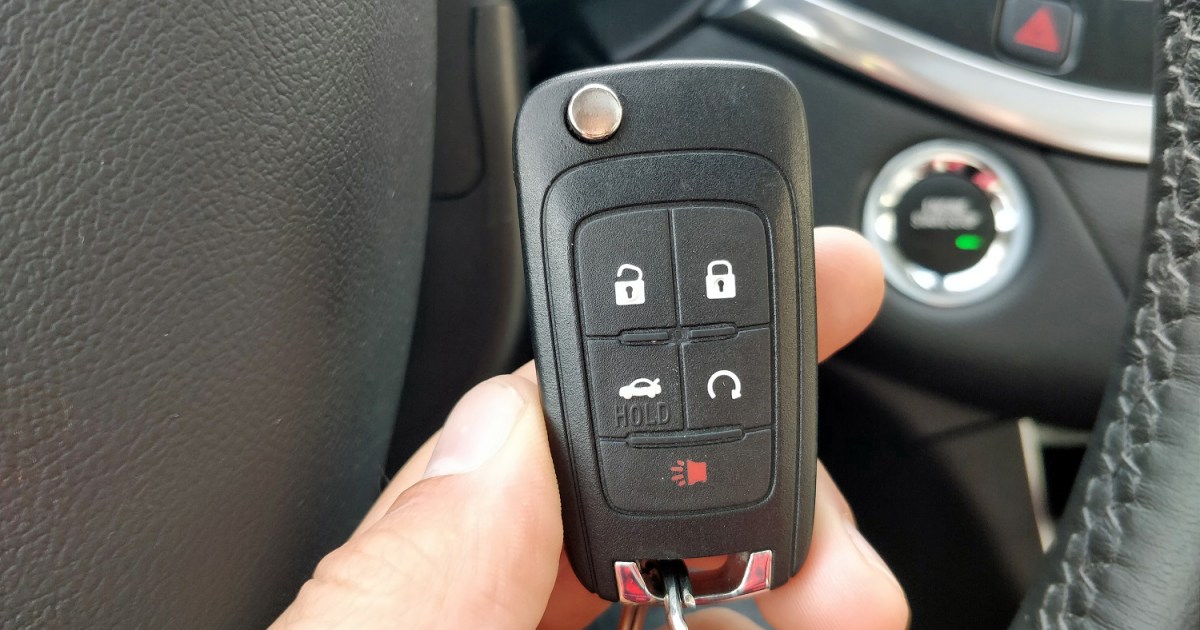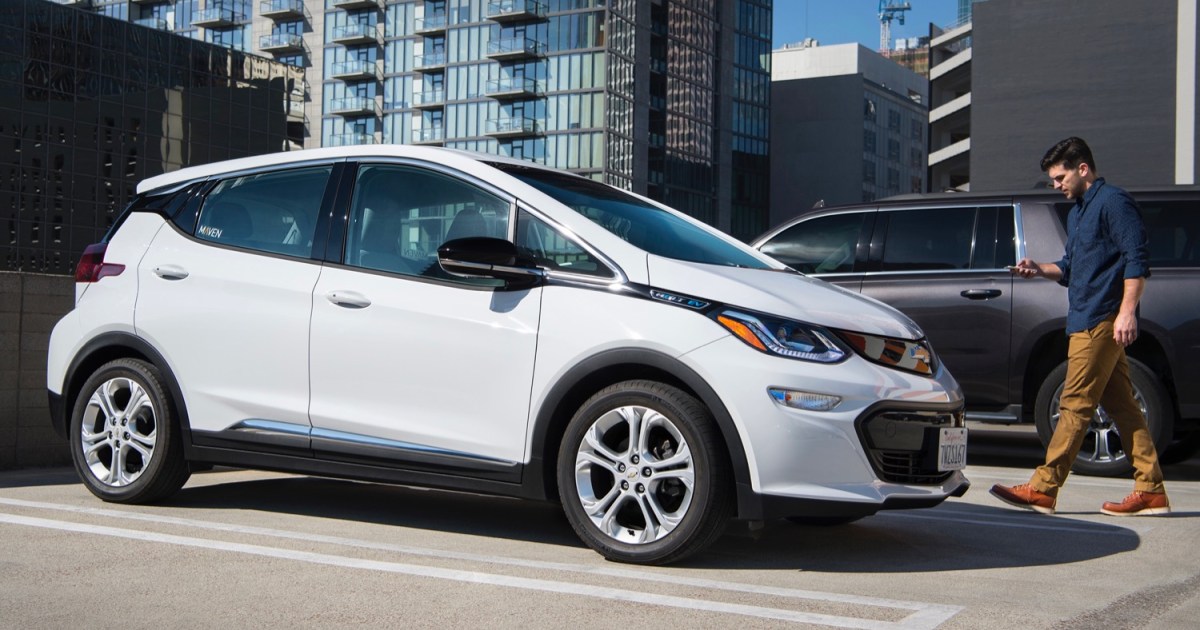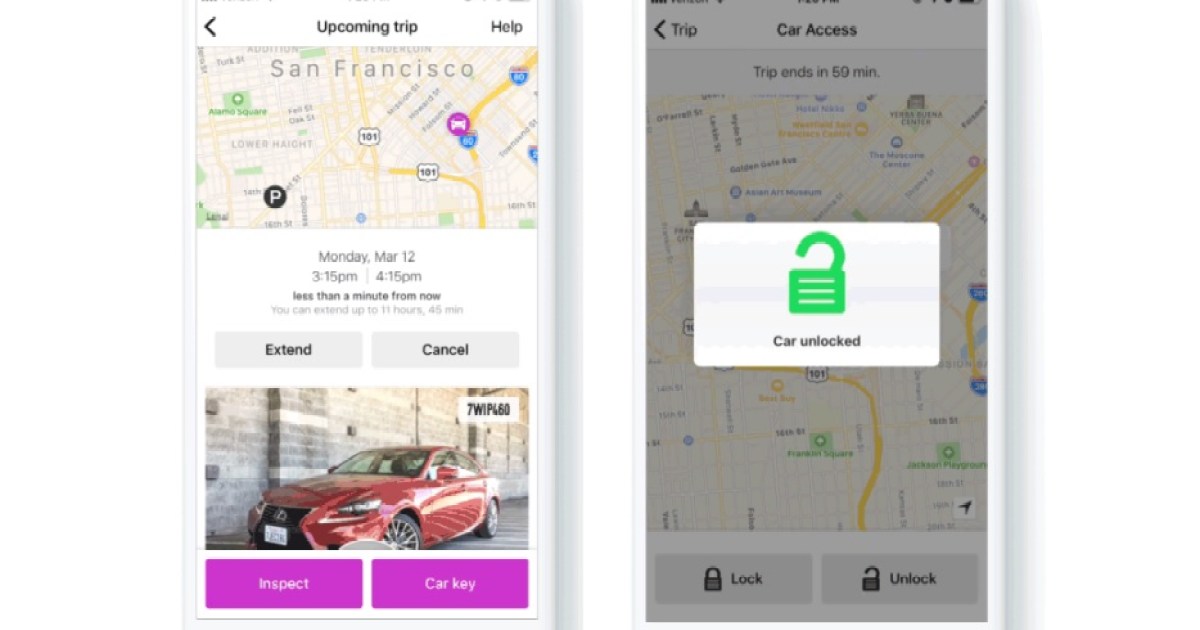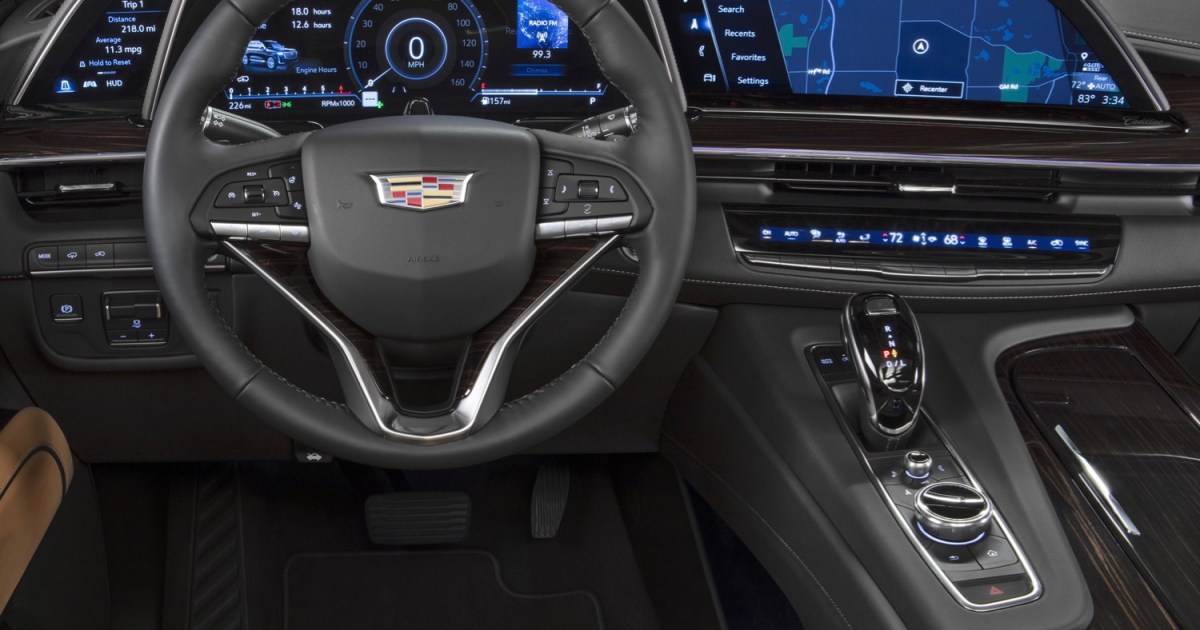Buying a new car can be expensive. The average price continues to climb, but there’s a smart alternative: the used car market. Purchasing a pre-owned vehicle not only saves you money upfront but also reduces long-term costs like registration and depreciation. Modern cars are built to last, so “pre-owned” doesn’t necessarily mean constant repairs. The key is finding a well-maintained used car. This guide, crafted by MaagX’s experienced automotive writers, offers practical advice to help you navigate the used car market and make a sound investment.
 alt text: A red convertible sports car parked on a scenic coastal road, overlooking the ocean
alt text: A red convertible sports car parked on a scenic coastal road, overlooking the ocean
Define Your Needs
Before diving into the used car market, identify your specific requirements. Consider your lifestyle and how you’ll use the car. Do you need a compact car for daily commuting, or something larger for family trips? Will you be towing or hauling cargo? Do you require specific features like all-wheel drive? Reading online reviews and car magazines can help you narrow down suitable models.
 alt text: A diverse range of cars parked in a used car lot, showcasing various makes and models
alt text: A diverse range of cars parked in a used car lot, showcasing various makes and models
Once you have a shortlist, search online classifieds for available vehicles in your area. Prioritize local sellers to simplify the buying process. Always test drive any car before purchasing, even if you’re familiar with the model. Each vehicle has its own history and condition. Walk away if the seller refuses a test drive – it’s a major red flag.
Determine Your Budget
Research the fair market value of your chosen models. Resources like Edmunds and Kelley Blue Book provide valuable price guidance based on factors like trim level, condition, and mileage. Browsing online classifieds can also give you a realistic price range. Remember, there’s usually room for negotiation.
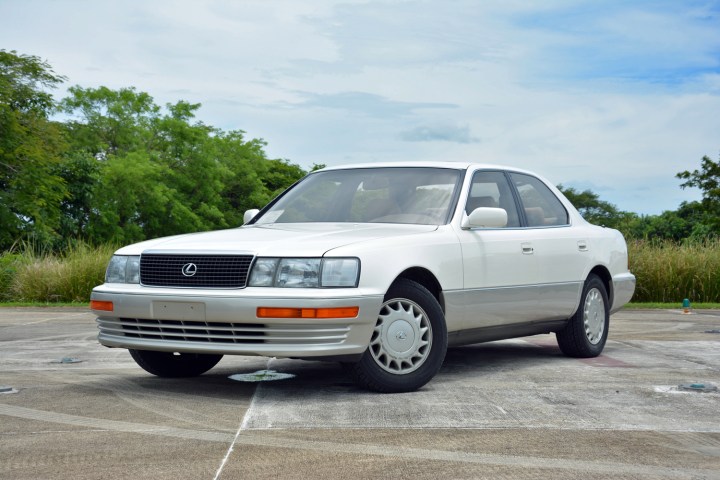 alt text: A close-up of a car dashboard displaying the mileage
alt text: A close-up of a car dashboard displaying the mileage
Choose a Reputable Seller
Opt for established dealerships or trustworthy private sellers. Reputable dealerships represent established automakers or have a long track record in the used car business. Seek recommendations from friends and family for reliable dealerships. When dealing with private sellers, use your judgment to assess their trustworthiness.
 alt text: A car salesman handing over car keys to a customer in a dealership showroom
alt text: A car salesman handing over car keys to a customer in a dealership showroom
Avoid sketchy dealerships with short histories or questionable locations. The decision between a dealer and a private seller depends on the specific car and seller. Certified pre-owned (CPO) programs offered by dealerships can provide added peace of mind, especially for newer used cars. For older, classic cars, private sellers may offer better deals. Exercise caution and avoid dealerships that seem untrustworthy. Prioritize safety and make informed decisions.
Rental fleet vehicles should generally be avoided due to potential wear and tear from multiple drivers. Vans and pickups can be an exception, as they’re often driven more gently. Also, be cautious when buying from teenagers or senior citizens, as their driving habits might lead to increased wear and tear. While not a universal rule, it’s a factor to consider.
Investigate the Car’s History
Utilize CarFax reports to uncover a vehicle’s history, but don’t rely solely on them. Verify information presented in ads or by salespeople. Ensure the title is clean; avoid cars with branded titles, especially salvaged ones. Check for complete service history, especially for late-model cars.
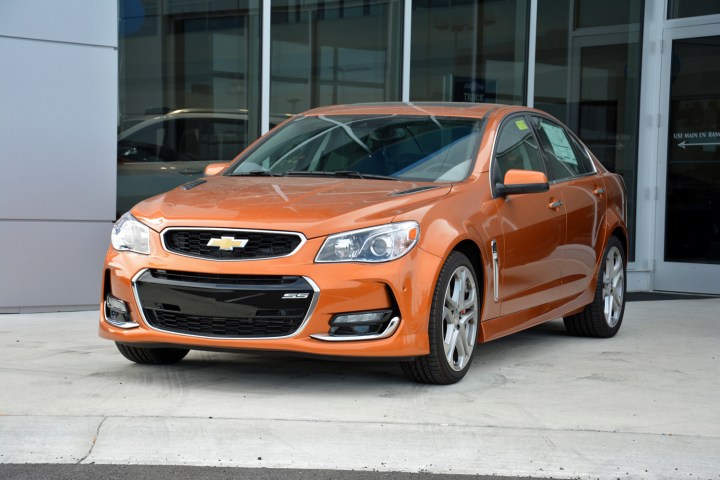 alt text: A mechanic inspecting the engine compartment of a used car
alt text: A mechanic inspecting the engine compartment of a used car
A thorough service history provides insights into the car’s maintenance. Verify consistent mileage records on invoices. Inspect for wear and tear on the interior, especially the driver’s seat. Check for original wheels and investigate any mismatched paint or misaligned body panels, which could indicate accident damage.
An OBD2 scanner is an invaluable tool for detecting hidden issues. Ask the seller to allow a scan; a refusal is a red flag. The scanner can reveal fault codes stored in the car’s computer, providing valuable information about potential problems.
Seek Expert Advice
If you’re unsure about evaluating a used car, seek assistance from a knowledgeable friend, relative, or neighbor. Alternatively, consider a pre-purchase inspection (PPI) by a qualified mechanic. A PPI can identify potential problems and estimate repair costs, providing valuable insights before you make a purchase.
 alt text: A person holding a diagnostic tool connected to a car's OBD-II port
alt text: A person holding a diagnostic tool connected to a car's OBD-II port




